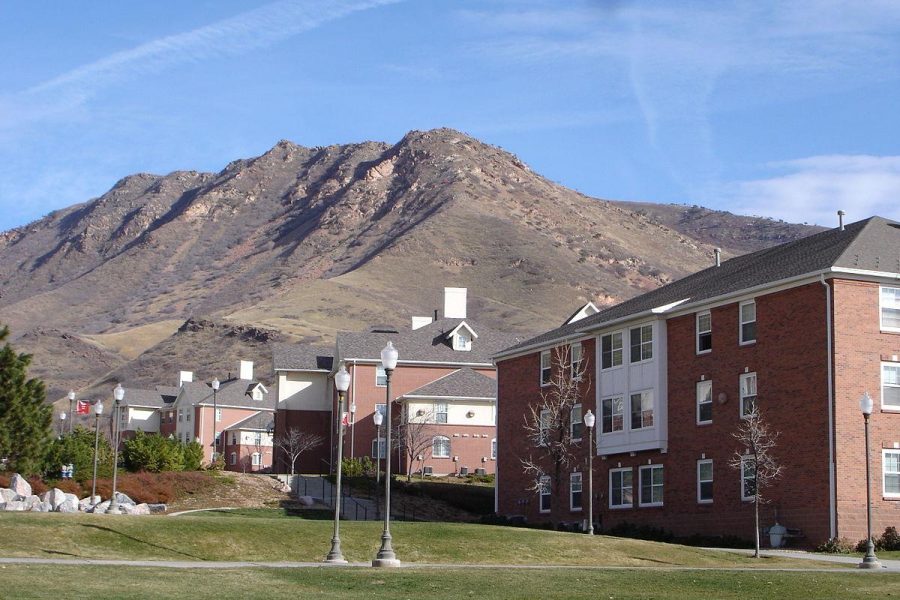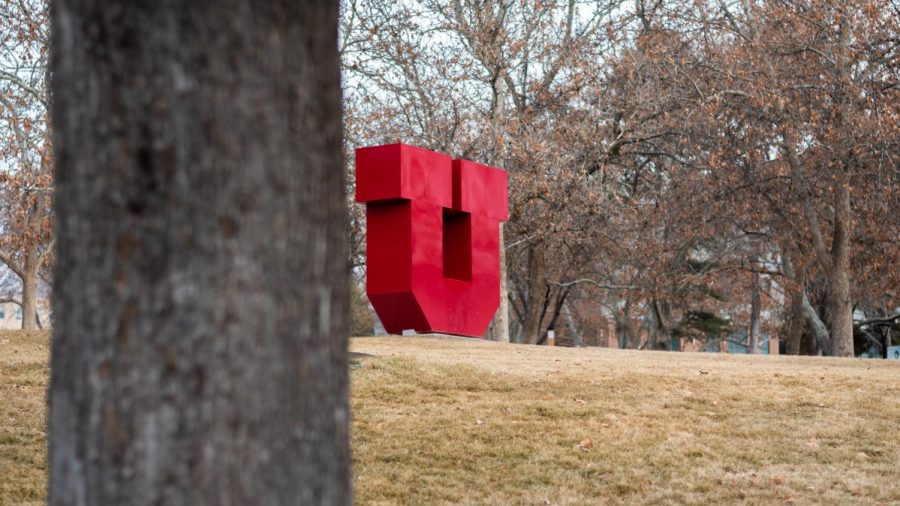HRE to Implement Communication Changes Following November Housing Incident
January 15, 2023
At 11:45 p.m. on Nov. 19, 2022, residents in a suite in Sage Point Building 813 were reportedly threatened by an intoxicated student, who claimed he had a knife and gun when they did not open the door. The student thought he was at his friend’s door.
The residents called 911. At the same time, another resident on the floor attempted to respond to the commotion. When he encountered the police in the hall, he told them he had a “concealed weapon permit and a gun in a holster on his hip,” according to the report issued the following day.
The armed resident, the intoxicated student and his friend were detained by police for questioning. The student who made threatening statements was later referred to the Dean of Students.
While all this was happening, information was spreading throughout the campus community that there was an active shooter. Resident advisors were left wondering how to handle the situation with a lack of communication from higher-ups. Student residents were not informed of the situation until 5 p.m. the Sunday after the incident.
One RA, who wished to remain anonymous, first heard about the situation from their partner who lives close to the incident.
“So, like most RAs, [I] didn’t hear anything official until the next day, only a little bit before the statement went out saying there was a miscommunication,” they said in a written statement. “But even by that point, it seemed like enough media had circulated that students and residents had figured out on their own what happened.”
The RA went back and forth on whether they should tell residents what was going on and potentially worry them over something that could not be confirmed or denied at the time, or hope that the U would disclose information about the incident in a timely manner.
“When I first heard from my partner about what it was initially thought was going on I was super concerned but remember talking with other staff about how we wanted to trust that the university would send out an alert but wouldn’t be surprised if they didn’t to save face,” they said.
Police have since reported the student had neither a knife nor gun, and the incident “was not an active shooter situation,” according to a joint statement from Sean Grube, the executive director of Housing and Residential Education and Jason Hinojosa, the interim chief of the U Police, following the incident.
The statement also recognized the traumatic nature of the situation and apologized for the communication delay. It further encouraged students to reach out to RAs with additional concerns and to continue to contact the police when necessary.
After briefing with U President Taylor Randall, Lori McDonald, the vice president of Student Affairs, and Chief Safety Officer Keith Squires followed up with those impacted in another statement.
“While University Police subdued the suspect within eight minutes and went door to door to ensure each resident’s safety, we know the resulting fear and anguish of those moments of uncertainty may stay with the students, parents and staff involved for a long time,” the statement read.
Communication Moving Forward
In an email interview with the Chronicle, Grube explained there are times when the Clery Act requires the U to alert the community with a “timely warning.”
“When there is an incident that potentially necessitates a timely warning, a group of administrators from around the institution who are responsible for various aspects of campus safety will meet to determine whether the incident meets the specific criteria for a timely warning,” Grube said.
While these alerts are issued by the U and not HRE, HRE leaders can decide if they’d like to communicate updates or information to residents.
“During our after-action review, it was apparent we should have communicated with residents sooner about the incident in question,” Grube said. “Our commitment is to continue to refine our processes around emergent communications and provide relevant information to students as soon as is feasible.”
In the statement from McDonald and Squires, they stated, “The delay in communication has understandably caused concerns about student safety, and we’ve heard from residents, as well as their loved ones.”
Grube is aware of five individuals who reached out with concerns.
“Numbers aside, we know that our delay in communication created a void and we should have communicated earlier to limit any of the trauma our community experienced,” Grube said.
McDonald and Squires added in the statement, “We have immediately implemented changes to improve our methods for real-time communication within Housing and Residential Education (HRE) for both resident advisors and residents for emergency situations in the future.”
Grube explained these changes.
“We are specifically looking at how we can create the most efficient process around text notifications that directs students to longer-form email or web communications,” Grube said. “We are auditing a process to streamline the communication and also issue location-based text alerts to a specific building.”
The statement also acknowledged the messaging that was issued following the incident minimized students “who were directly traumatized by the disruption.”
“My challenge to our team is for HRE to become known for over-communicating, and making sure students have as much relevant information as is practical in a given situation,” Grube said.












